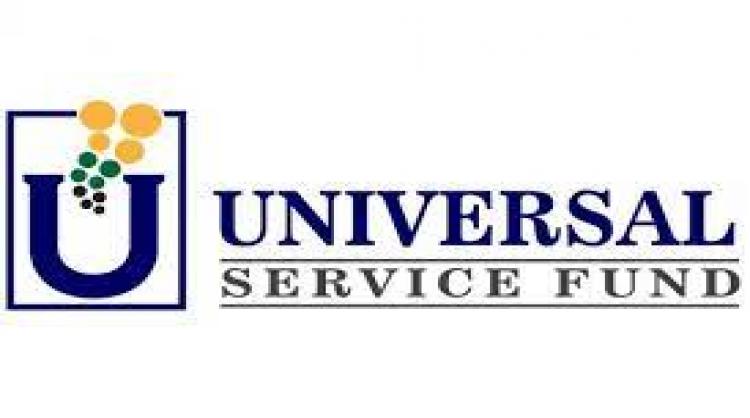Industry Coalesces Around Adding Broadband Revenues to Universal Service Fund
October 1, 2021 | by Andrew Regitsky

There is wide industry agreement that the current funding mechanism for supporting the Universal Service Fund (USF) is unworkable. The revenues used to calculate USF contributions have declined 63 percent in the last two decades, while the quarterly contribution factor has increased from 6.9 percent in 2001 to 29.1 percent for the fourth quarter of 2021.
Currently, companies pay into the Fund based on their end user interstate and international telecommunications revenues for their wireline and mobile service. Payees include cable operators and companies that provide VoIP services, but don’t include companies providing broadband services, the one industry segment where revenues are growing.
Without fundamental changes the Fund is clearly in doubt, therefore, INCOMPAS, The Rural Broadband Association (NTCA) and the Schools, Health and Libraries Broadband Coalition (SHLB) commissioned Carol Mattey, the President of Mattey Consulting to issue a report analyzing the options to determine the best way to make the Fund sustainable into the future.
Ms. Mattey is a fine choice for this type of study as she worked as the Deputy Chief of the FCC’s Wireline Competition Bureau for years and specialized in reforming the universal service fund. Her results are included in the “USForward Report” released last month, and they make perfect sense.
The Report concludes that the current revenues-based system should be reformed to include broadband Internet access service revenues, both as a matter of policy and ease of implementation. It notes that doing so would reduce the quarterly contribution factor to less than 4 percent.
Broadband revenues should be part of the Fund because:
All four programs in the USF promote universal broadband. The revenues from broadband internet access services are increasingly used by Americans today and should contribute to the USF programs that support the expansion of such services This will better reflect the value of broadband internet access service in today’s marketplace for both consumers and businesses.
Broadband Internet access service revenues are expected to be stable in the future, with the potential for some modest growth. This would stabilize the funding mechanism and stop the death spiral in the current USF contribution methodology.
It is a solution that can be implemented more quickly than the alternatives. It would be far less uncertain than seeking congressional intervention and can be done by the FCC pursuant to its current statutory mandate.
There is a significant advantage to retaining the current revenues-based system because most of the revenues reported to the FCC for USF purposes come from publicly traded companies that are audited and subject to stringent financial reporting standards for their revenues. This external financial scrutiny would provide an additional level of assurance that the metric used to assess USF contributions is accurately reported.
Assessing both broadband internet access service and voice services remove the incentives of providers to arbitrarily allocate revenues from bundled services to one service and not the other. The current system creates an inequitable situation where some end users continue to pay into USF, while others do not, yet everyone benefits from the positive network externalities of universal connectivity made possible from the four USF programs that support broadband-capable networks and service.
Ms. Mattey believes that using broadband revenues for the Fund is superior to using network connections or telephone numbers, although both these alternatives have been considered for years by the Commission without industry buy-in.
Under a connections-based approach, the estimated monthly charge for a physical connection that provides both voice and broadband is estimated to range between $1.52 and $1.72. However, further information and analysis would be required to determine how to assess high-capacity business connections on an equitable and nondiscriminatory basis, which could further delay reform.
The monthly assessment under a numbers-based system would be $0.83 or less. However, high-capacity business data services (without assigned phone numbers) and broadband internet access service would not contribute to support universal service under a numbers-based contribution methodology weakening this approach.
In addition, moving to a connections or numbers-based assessment system likely would require a significantly longer implementation timeline. There would be definitional issues to resolve as different stakeholders seek to persuade the FCC that certain types of numbers or connections should not be assessed.
In conclusion, including broadband revenues in the USF makes common sense. However, it is fair to note that USTelecom, whose members include the largest ISPs, did not sign on to sponsor this Report. Obviously, its members accrue the lion's share of broadband revenues. It will be interesting to see the position they take on this issue.

